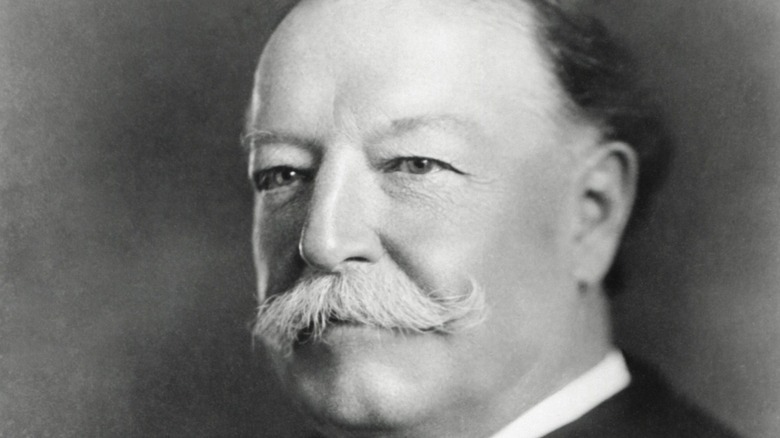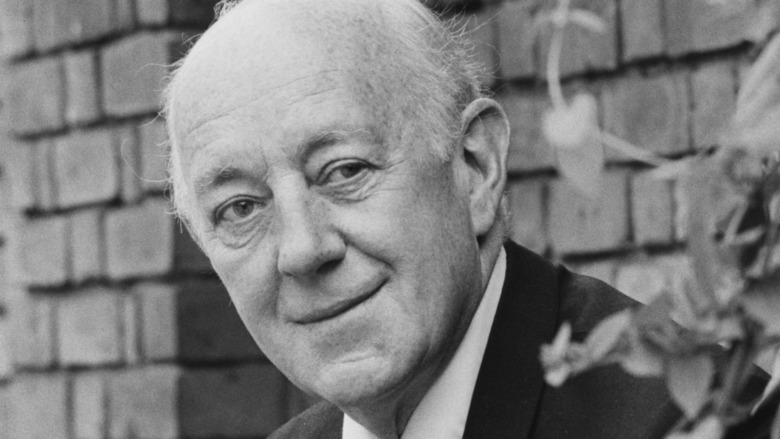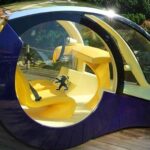
Incredible Concept Cars That Were Never Made

There are a handful of reasons why concept cars never make it to mass production, but the two largest barriers are typically expense and consumer demand. While those with an unlimited income could take home any vehicle, for the average person, concept cars are primarily a day dream. Let’s have a look at these fantasy concept cars that were never made!
Phantom Corsair
Year:1938
Debut at The Young In Heart
Production cost: $24,000*
The Phantom Corsair first turned heads in the famous movie, “Young At Heart,” a 1938 David Selznick movie. The Corsair had sleek, futuristic features that placed it far ahead of its time. It had fared-in fenders, a low vehicle profile, and sleek black paint. This two-door sedan could fit all your friends with room for six people! The designer was Rust Heinz who was a part of the H.J. Heinz family.

On the road, the Corsair could reach speeds of up to 115 miles per hour because of its aerodynamic shape and a naturally-aspirated, Lycoming V8 80-degree engine that yielded 125 horsepower. And if all of that time on the road made you a bit thirsty, there were also beverage cabinets on-board in the backseat.
Alfa Romeo BAT 5
Year:1953
Debut at Turin Auto Show
Production cost: $5 million*
Italian-made cars are known to make a statement both on the race track and on the city streets. Bertone-Alfa Romeo launched a series of aerodynamic vehicles called the BAT project. Manufacturers studied and applied aerodynamic principles in the design in order to create the BAT 5.

The front shape of the BAT 5 was designed to eliminate wind resistance and airflow disruption. Taking the laws of physics into mind in the BAT 5’s design allowed it to reach speeds of 120 miles per hour! Bertone designed the BAT 5 to be very light, weighing just 2,400 pounds while the engine was mounted as a standard, getting 100 horsepower. The windscreen and body of the car blended into the roof, which was almost flat, giving it the shape of a bullet.
Chevrolet Astro III
Year:1969
Debut at Chicago Motor Show
Production cost: $4,000*
The Chevrolet Astro III first turned heads at the Chicago Motor Show in 1969. The design was a sort of hybrid between a plane and automobile. It held a Type 250-C18 gas engine, which was manufactured by General Motors’ Allison Division. The gas turbine engine weighed just 139 pounds and got 317 horsepower. An interesting fact about the gas turbine engine is that it was produced to propel military and civilian helicopters!
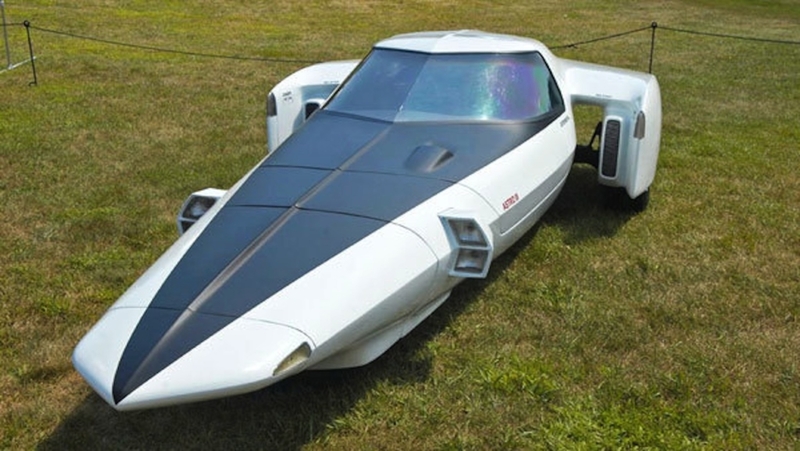
The two-passenger, three-wheeled vehicle would have been unlike anything else on the road as it was designed to be a high-performance car that would only travel on restricted-access highways. Though it was an eye-popping design, the Chevy Astro III was just an experiment.
Nissan Pivo
Year:2005
Debut at Tokyo Motor Show
Production cost: $200,000*
The Nissan Pivo was a lithium-ion battery-powered vehicle designed with environmental conservation in mind. It made its public appearance in 2005 at the Tokyo Motor Show. The vehicle sported large doors, windows, windscreens, and A-pillars on either side of its windshield. The Pivo came with the Around View Monitor System, a project developed by Nissan that helps reduce blind spots.

The Pivo’s most remarkable feature was that it could rotate 360 degrees. The three-seater cabin had a chassis with four wheels, so there would be no need for reversing, as you could just spin around. Parking would also be a breeze with the Pivo, as it had three iterations.
Tata AirPod
Year:2012
Debut at MDJ in Luxembourg
Production cost: $10,000*
Another environmentally-friendly design was created by Tata Motors. The AirPod concept car was designed to be a zero-pollution car. Although the air compression design wasn’t very new, the vehicle used compressed air to power it.

The air compression theory first became a concept in 1840, when two French designers experimented with it in vehicle design. Now, nearly two centuries later, air compression cars are still in development, and they even have their own political lobby, called the Air Car Lobby!
Buick Y-Job
Year:1938
Debut at: Henry Ford Museum
Production cost: $109,000*
The Buick Y-Job is unique in that it is considered to be the very first concept car. The Y-Job was a convertible with two-doors and a 5.2-liter Buick straight-eight engine. It also had a wheelbase of 126 inches and was designed by Harley Earl. In addition, it had sleek, discrete features like hidden, power-operated hood lamps and electric windows (which were quite avant-garde at the time).
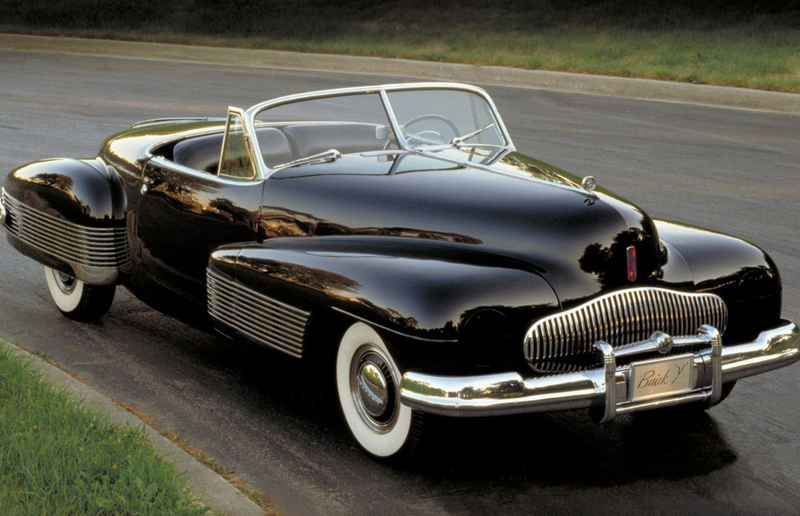
The Y-Job displayed a gunsight hood ornament, flush door handles, and wrap-around bumpers. Though it sadly wasn’t mass-produced the Y-Job had design features that are still used by car manufacturers today, such as the vertical waterfall grille.
Frisky Family Three
Year: 1959
Debut at Earls Court Motor Show
Production cost: $400*
With a unique and spunky model name, Meadows Frisky was a series of small cars manufactured between 1958 and 1961 in England by Henry Meadows. The Frisky Family Three was a compact, three-wheeled concept version of a smaller British car (designed by Giovanni Michelotti).

The adorable car was produced in August of 1958 and debuted at the Earls Court Motor Show in 1958. It featured a smaller 9E Villiers engine, along with a MacPherson strut front suspension. Though it gave the car a strange look, the three wheels meant that the vehicle had a lower excise duty. Nearly a hybrid vehicle, you could also drive it with only a motorcycle license.
Dymaxion
Year: 1933
Debut at Chicago World’s Fair
Production cost: $7,688*
The Chicago World’s Fair was a great place to debut cutting-edge ideas and inventions. And at the Chicago World’s Fair in 1933, the Dymaxion car made its debut. Conceptualized by American inventor Bucky Fuller and Starling Burgess, the car was designed to fly and drive. Fuller used money from his family inheritance and donations from the public, to develop the concept car.

The word “Dymaxion” originated from a combination of the words dynamic, maximum, and tension. The Dymaxion’s transmission and engine (a flathead Ford V8) were both made by Ford.
Peugeot Moovie Concept Car
Year: 2005
Debut at Frankfurt Motor Show
Production cost: $50,000*
In 2005 Andre Costa, a designer from Portugal, created the sleek, environmentally-friendly “Moovie Car.” Costa won a design concept with his scale-one concept car, which he had dubbed “The Moovie”. He manufactured it at the Peugeot Style Centre in keeping with the design rules. It took three months, from conceptualization to final model, to end up on the showroom floor.

The two-passenger vehicle featured a weight of 1,102 pounds and was 60.6 inches in height and 91.7 inches in length. The Moovie was 70.9 inches wide and made its appearance at the Frankfurt Motor Show.
Ford X2000 – 1958
Year: 1958
Debut at: Ford Rotunda
Production cost: $58,400*
Designers Bill Balla and Tremulis created both the X1000 and the Ford X2000 which was built in 1957. The X2000 was created to display the essence of what cars in the future might look like or how they would be used. One thing the designers got right was the X2000 grille-shape which was later seen in the horse-collar grille designed by Edsel.

The vehicle was displayed at the Ford Rotunda and was later listed at the Sotheby’s Auction in London, England. The exterior of the car had an ultra-aerodynamic look, a manual gearbox, and a 2wd drivetrain.
Honda Fuya-Jo Concept Car
Year: 1999
Debut at Tokyo Motor Show
Production cost: $20,000*
The sharp-edged, Blade-runner inspired Fuya-Jo debuted in 1999, and was part of the F-Mover series. It was designed to be driven in a city environment and represented what the Japanese designers thought would be the future of inter-city transportation. The vehicle seated four people and had a high silhouette.
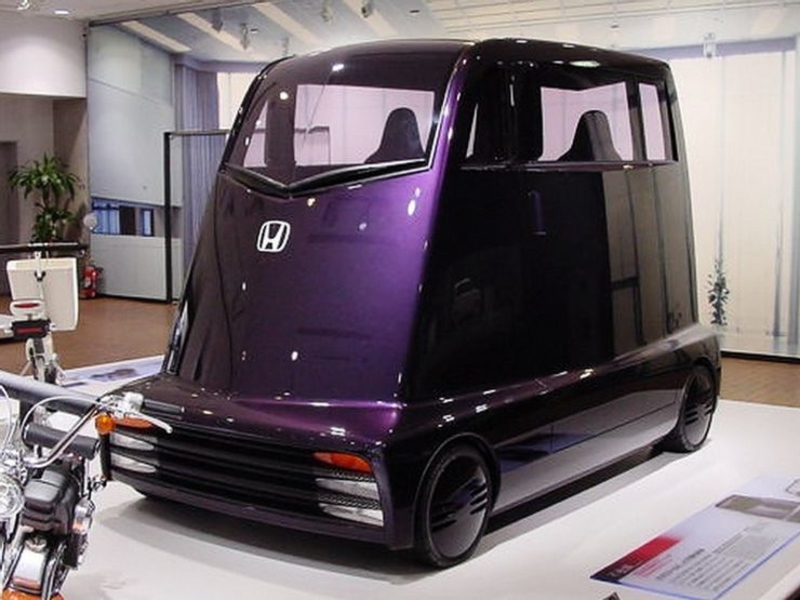
The name Fuya-Jo’s meant “Sleepless City” and really turned heads with its purple exterior at the Tokyo Motor Show. Definitely catering to those with eccentric tastes, the steering wheel and dashboard were designed to resemble a DJ’s mixing booth. Fuya-Jo continued to debut at auto shows till 2002 but was never allowed for public consumers.
Aurora Safety Car
Year: 1957
Debut at Goodwood Festival of Speed
Production cost: $30,000*
A curious fact about the Aurora Safety Car was that it was actually created by a Catholic Priest! It was also the first safety concept vehicle ever created. Father Alfred Juliano, used church donations to fund the prototype, which at $30,000 was more expensive than the actual car (which was priced at $12,000-$13,000).

The Safety Car was made of fiberglass and built on a ’53 Buick chassis. The car was named a “safety” car because it came with seatbelts (not seen in most cars at the time), a padded instrument panel, a collapsible steering column, and a roll cage. The most novel feature about the car was that it was designed to absorb impacts. In fact, the seats would swivel and face rearwards during a collision.
Ferrari 512S Modulo
Year: 1970
Debut at: Geneva Motor Show
Production cost: $100,000*
Paolo Martin is responsible for the Ferrari 512S Modulo design. This space age-looking model debuted at the Geneva Motor Show in 1970 and featured a canopy roof that allowed both driver and passenger to enter the cabin. The wheels were partially-covered, and the V12 under the hood reached up to 550 horsepower.

The Modulo’s low-profile structure aided in its speed capabilities. The top speed recorded for the Modulo was 220 miles per hour, and it could go from 0 to 60 in 3 seconds flat! The Modulo was of course not mass-produced but was sold privately to James Glickenhaus in 2014.
Plymouth XNR
Year: 1960
Debut at: Concours d’Elegance
Production cost: $935,000*
The Plymouth XNR design was a team effort by Chrysler and Plymouth in 1960 to develop a sports roadster. Virgil Exner conceptualized the two-door vehicle in an effort to add it to the Plymouth family. The XNR roadster was thought to be a potential competitor to the Chevy Corvette or Ford Falcon. It was finally created after Chrysler’s sales dropped, which caused Chrysler to reexamine their brand.

The XNR got 250 horsepower and the engine was an inline-six, with a steel body mounted onto a Plymouth Valiant Chassis. Unfortunately, the vehicle was too costly to be sent to mass production.
Ford Seattle-ite XXI
Year: 1962
Debut at: Seattle World’s Fair
Production cost: $20,000*
The Ford Seattle-ite made its first public appearance in 1962 at the Seattle World’s Fair but the concept car was only a 3/8ths scale! Alex Tremulis was responsible for designing this innovative, six-wheeled model. The Seattle-ite XXI also included interchangeable fuel cell power units, interactive computer navigation, auto information systems, four-wheel drive, four steering wheels, mapping capabilities, and interchangeable auto bodies.

One controversial concept that was not feasible for manufacturing was the idea of using nuclear propulsion devices as a potential power source.
BMW LOVOS
Year: 2009
Debut at: Geneva Auto Show
Production cost: $200,000*
The BMW Lovos was a student design project turned public concept car. Anne Forschner, a German design student developed the solar-powered car model. The word “Lovos” stands for Lifestyle of Voluntary Simplicity and contains 260 interchangeable, identical, and movable photovoltaic exterior plates that resemble fish scales in their design.
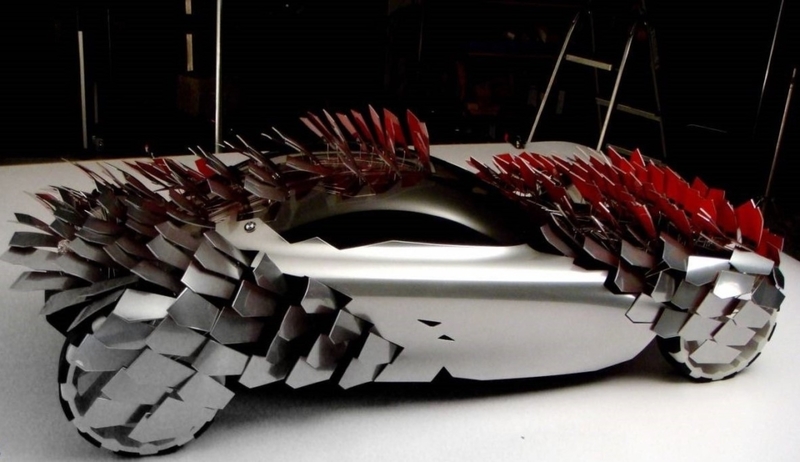
The car’s parts produce a voltage when they are exposed to sunlight and twelve of the plates collapse and form turbines when the vehicle is put into motion. Its exterior design is certainly not for everyone’s taste, but the inside is made to be comfortable.
eRinGo Concept Car
Year: 2009
Debut at Khodro Competition
Production cost: $6,800*
The eRinGo is one of the most risky designs as it resembles a giant drum. Yes, a drum. The vehicle was designed by Iranian artist Mohamed Ghezel and only has room for one passenger compartment in the center of the hub.
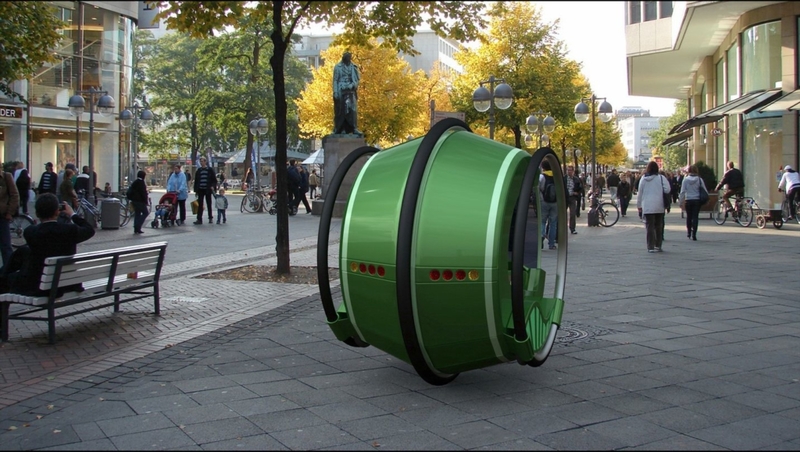
The motor powers three rings (which surround the compartment), two side wheels and a gyroscope to keep the eRinGo upright. Though it certainly isn’t suited for the average buyer, Ghezel’s designs have won two Khodro Awards from Iran’s largest carmaker.
Ford Gyron
Year: 1954
Debut at The Detroit Motor Show
Production cost: $40,000*
The two-wheeled Ford Gyron is another striking concept that debuted at the Detroit Motor Show. The Gyron was designed by Syd Mead and Alex Tremulis and displayed to the public in 1961. Mead and Tremulis implemented Louis Brennan’s theories of gyroscopic systems into the design.

The Gyron was made from fiberglass and, when stationary, had two small legs that kept the vehicle stable. The Gyron was purely a concept and was used for marketing purposes only, with no intention of being mass-produced.
Lincoln Futura
Year: 1955
Debut at: Chicago Auto Show
Production cost: $250,000*
The Lincoln Futura was a very expensive design to make (for 1955) as it took $250,000. Today that’s the equivalent of $2.4 million! The Futura first appeared at the Chicago Auto Show and later on the Today Show (then called Today) in March of 1955. The car’s design featured a plastic clear canopy top, large headlight pods, and giant tailfins—all novel features in the fifties.

The Futura was showcased within the auto show circuit throughout the mid-fifties before it became an icon as the base design for the Batmobile. George Barris customized the Futura’s design for the ’66 TV series.
Dodge Deora
Year: 1965
Debut at: 1967 Detroit Autorama
Production cost: $324,500*
Brothers Mike and Larry Alexander, commissioned the design for the Dodge Deora from Harry Bradley. The car was designed in 1965 and was assembled for two years before its debut in the 1967 Detroit Autorama. The Deora’s design was based on a 1965 A100 Dodge pickup truck that the Alexander brothers customized for their purposes.

One of the special highlights of the car was the 101 horsepower engine and three-speed manual transmission. The Deora ended up being quite a hit and won nine awards at the Autorama, including the vaunted Ridler Award. The gold truck was even transformed into a Hot Wheels car.
Toyota EX-III Concept Car
Year: 1969
Debut at: Tokyo Motor Show
Production cost: $2,000*
The EX-III was the third production in a collection of Toyota concept cars. The prime signature of the EX-III’s design was its aerodynamic ability, which was greatly emphasized when it was displayed. The EX-III had room for two and appeared to the public at the Tokyo Motor Show.
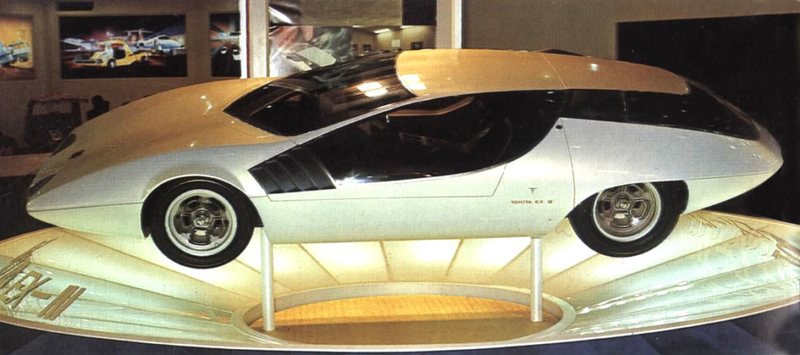
The roof-mounted spoiler was adjustable in order to increase and maintain stability even at high speeds. The interior was designed with convenience in mind with all of the controls within reach. With a longer bonnet, lower build, tapered rear, and sharp, sloped sides, the EX-III was a head-turning model.
Bisiluro Damolnar
Year: 1955
Debut at 24 Hours of Le Mans
Production cost: $20,000*
The Bisiluro Damolnar was a rather quirky-looking, twin-boom, a missile-like car with an oval-shaped steering wheel. Conceptualized by racer Enrico Nardi, he used a BMW, Giannin-tuned 750 engine for one side of the vehicle in its manufacturing. The other side of the vehicle featured the driver’s seat, and both the driver and engine were kept in their own streamlined capsules.
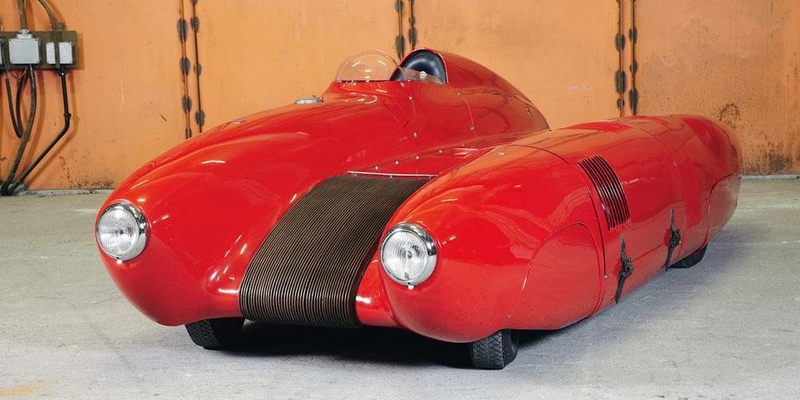
The cherry-red racer weighed under 1,000 pounds and was positioned on a Fiat 500 chassis. The Bisiluro Damolnar debuted in 1955 at the Le Mans running but was found to be unsuitable for the road due to its lightness.
Ferrari 250 Shooting Brake
Year: 1962
Debut at 24 Hours of Le Mans
Production cost: $400,000*
Italian team Giotti Bizzarrinni and Giovanni Volpi created the Ferrari 250 GT. The car was nicknamed “La Camionnette” or “little truck” by the French press and “Breadvan” by the English press. The nickname stemmed from its exterior design because it resembled a shooting-brake with its roofline that extended into the rear.

This avant-garde exterior design was based on the Kamm aerodynamic theory, which Bizzarrinni applied with the help of a car body specialist, Piero Drogo. Inside, the engine was a Ferrari 250 Tip-168 V12, and the transmission was a 250 SWB four-speed. The strange little model weighed in at 2,061.3 pounds at the ’62 Le Mans race.
Toyota CX-80 Concept
Year: 1979
Debut at Tokyo Motor Show
Production cost: $65,000*
The CX-80, also called the FCX-80, was first shown off at the Tokyo Motor Show in October of 1979. The car was designed with the future in mind and was engineered to be light and compact in the hopes of saving fuel.

The car had front-wheel drive, a flat cabin floor, and a spacious interior while the bonnet was sharply-sloped, maintaining a middle pod for the headlights. The side windows were fixed very high, but the body also had transparent cut-outs in the side panels so passenger visibility was not hindered.
2015 BMW 3.0 CSL Hommage R
Year: 2015
Debut at Concorso d’Eleganza Villa d’Este
Production cost: $1.5 million*
This sharp little number was made by BMW and is said to be a nod to the batmobile yet also reminiscent of the BMW M1. With its compact, aluminum/carbon fiber body and sharp lines, it oozed racing appeal.
Complete with a six-cylinder engine and lightweight interior, the Hommage R was made to go fast. In fact, it can reach speeds of 174 miles per hour! Unfortunately, this little beauty could never make it to mass production because it was incredibly expensive to make.
2013 Nissan IDX
Year: 2013
Debut at Tokyo Motor Show
Production cost: $25,495
One of a set of twin concept cars, the Nissan IDx made its premiere in 2013 at the Tokyo Motor Show. Another car reminiscent of the past, its design was supposed to be similar to the Datsun SSS.
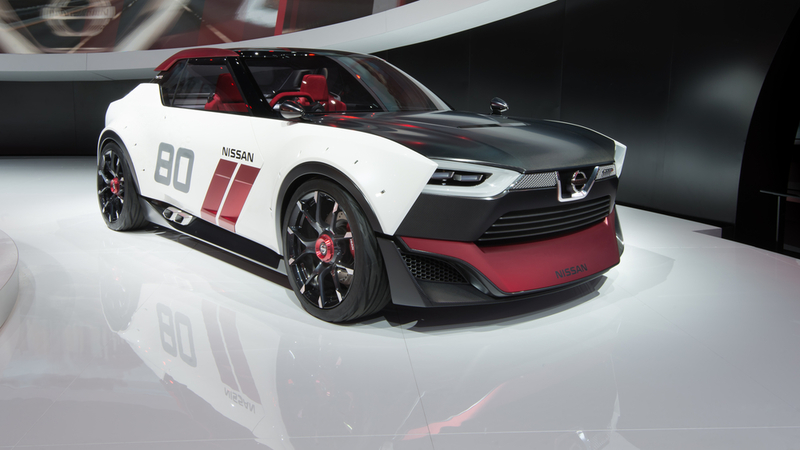
The IDX featured rear-wheel drive, a small, boxy yet lightweight body as well as a 1.6-liter engine. Though it was rumored to be affordable, the model simply sat on the shelf and was never pushed to production.
2006 Lamborghini Miura
Year: 2006
Debut at American Museum of TV and Radio
Production cost: $3 Million*
All at once vintage and modern, the Lamborghini Miura was a stunning model. The 2006 Miura was created to celebrate the 40th anniversary of the original Miura concept created in 1966.
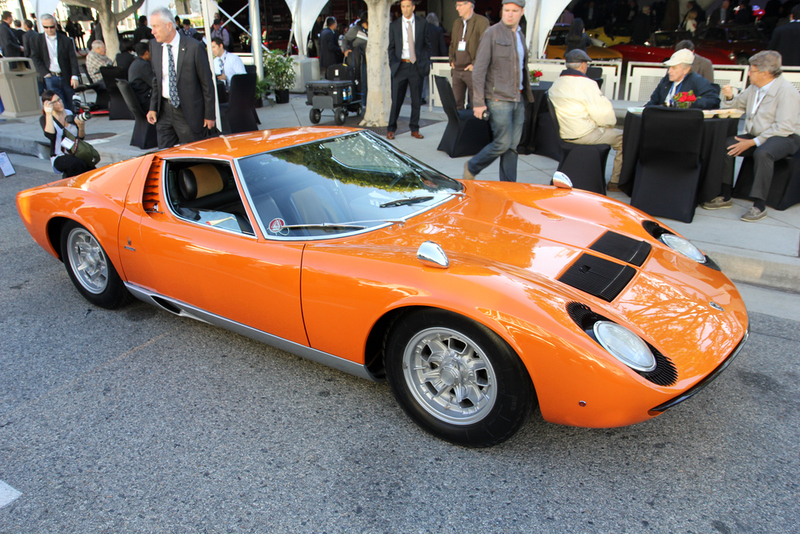
The sleek model weighed 2,425 pounds and, in true Lamborghini fashion, could reach speeds of 200 miles per hour. However, Lamborghini CEO Stephan Winkelmann had no plans to make a new Miura, saying the 2006 Miura was simply a celebration of an iconic design.
2009 Bugatti 16C Galibier
Year: 2009
Debut at: Invitation only show, Molsheim, France
Production cost: $2.3 Million*
The signature of the Bugatti 16C Galbier was the central rib that ran throughout the model’s body. The exterior design conveyed old school elegance with modern power as it contained an 8 liter, twin-supercharged W16 engine.
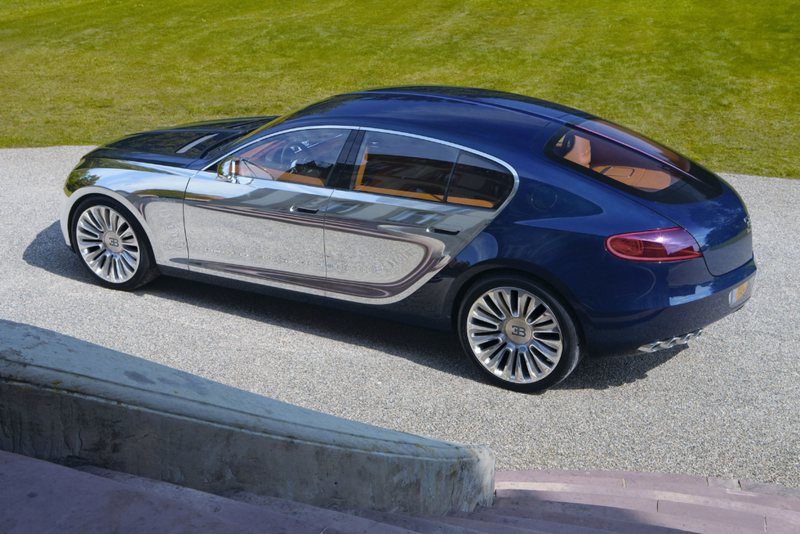
The Galibier engine had 1,000 horsepower and could reach speeds of 236 miles per hour. Though it was slated for production, the Galibier never made it to the masses, perhaps because of its approximate 2.3 million dollar price tag.
2014 Hyundai PassoCorto
Year: 2014
Debut at: Geneva Motor Show
Production cost: N/A
The name “PassoCorto” translates to a short wheelbase in Italian which was the main feature of this powerful-looking two-seater concept car. The Hyundai PassoCorto was created for a collaborative design competition between Hyundai and Istituto Europeo di Design of Turin.
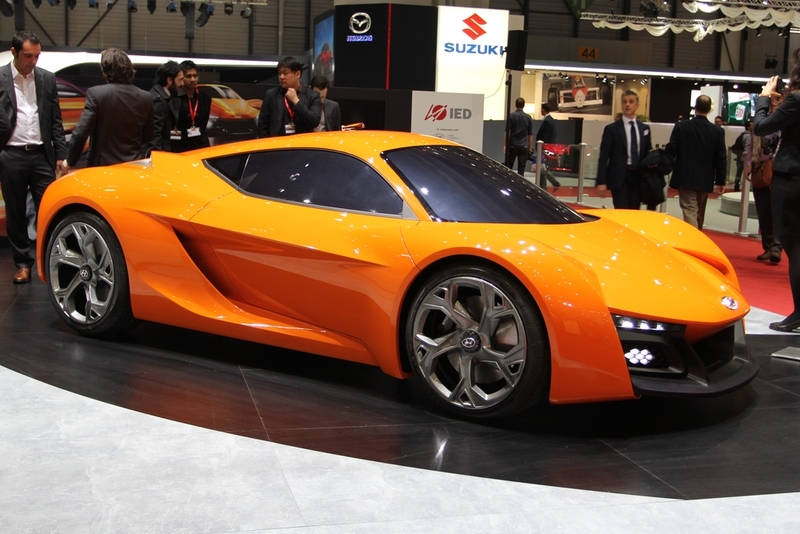
The PassoCorto displayed a 1.6 liter, turbocharged inline-4 to the power that produced 270 horsepower while the lightweight, carbon body weighed a dainty 1,852 pounds. Sadly, the PassoCorto never became available to public buyers.
2010 Audi Quattro
Year: 2010
Debut at Paris Motor Show
Production cost: $1.5 Million*
The Audi Quattro was the German brand’s modern model of their original Quattro Rally racing car. Though the 2010 Quattro had far more mainstream appeal, it retained a similar power (and even more) to that of its predecessor.
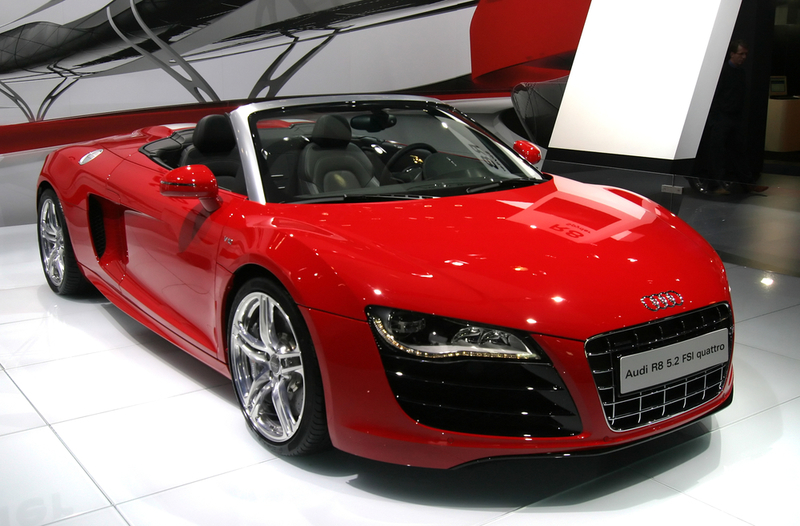
It contained a 2.5 liter unit like the original only this time, the 2010 came with a whopping 403 horsepower! But alas, the stunning concept never made it to production.
2014 Infiniti Q50 Eau Rouge
Year: 2014
Debut at Geneva Motor Show
Production cost: $100,000*
At first glance, the Q50 Rogue may appear to be an unassuming sedan, but it is full of surprises. Modeled after the Q50 sports sedan, the Eau Rouge has some discreet racing features along with many custom features too such as a custom carbon fiber roof and dual-exhaust system. One of the most unique elements of the Eau Rouge is its deep red hue.
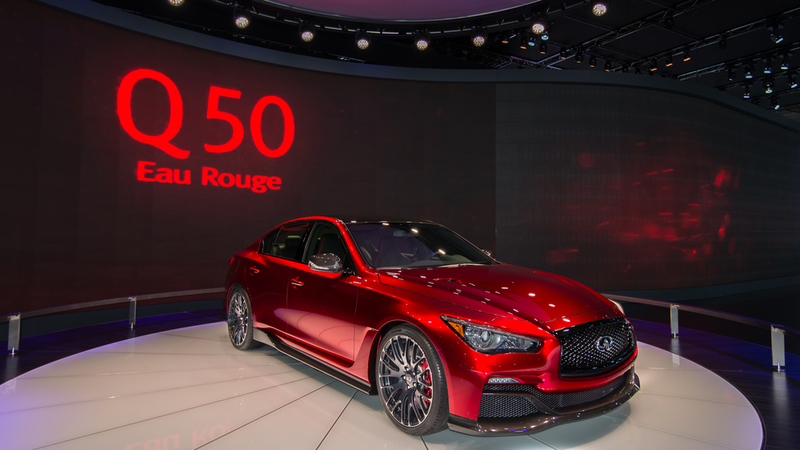
The car’s paint was created with a red-infused clear coat resulting in an extraordinary red color. But you’ll have to save that illustrious red for your dreams, because this model too, never made it to mass production.
2008 BMW M1 Homage
Year: 2008
Debut at Concorso d’Eleganza di Villa d’Este
Production cost: $400,000*
Another concept from BMW that commemorates past models is the M1 Homage. Designed by Paul Bracq, the eye-popping frame was a 30 year anniversary of the original M1. While it could not have pop-up headlights like the original one (for safety reasons), they were still designed to be sleek and discreet.
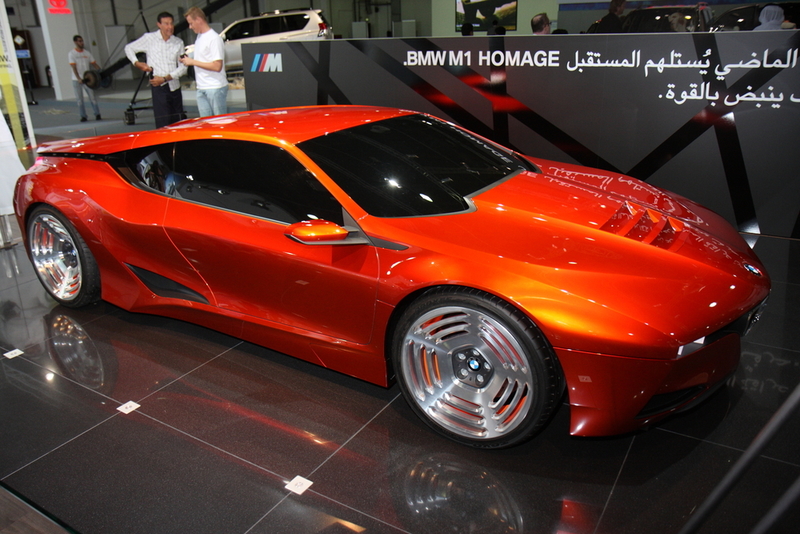
Again, the purpose of the 2008 M1 Homage was only a celebration of the past model (it was built with no real engine or interior) and was never intended to head to production.
2014 Mini Superleggera Vision
Year: 2014
Debut at Concorso d’Eleganza di Villa d’Este
Production cost: $50,000*
An adorable concept with a distinctly British flair, the toy-like, Mini Superleggera was created with an electric motor. Though the exterior design has some familiar elements of other Mini hatchbacks, the Superleggera Vision is considered a roadster.
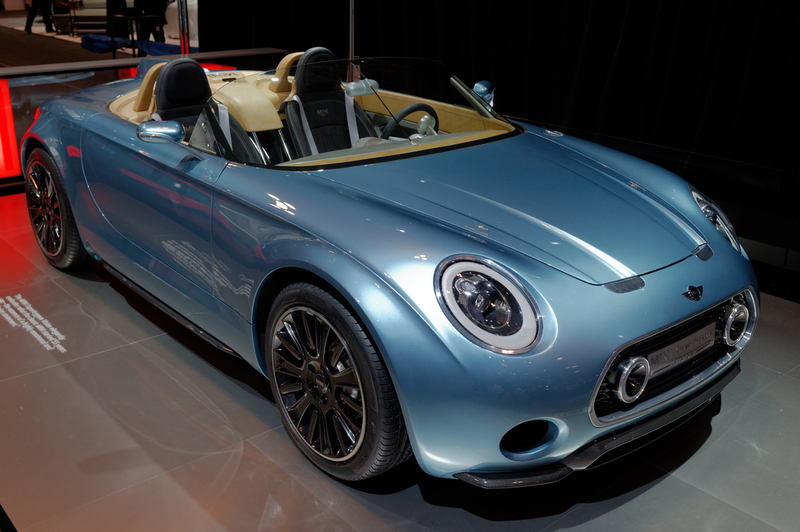
The two-seater has a simplistic yet stylish interior and can reach 155 miles per hour. Considering all of its features, it’s a pity the Superleggera is still just a concept.
2010 Jaguar C-X75
Year: 2010
Debut at Paris Motor Show
Production cost: $1.2 Million*
The ultra-cool, Jaguar C-X75, is an electric hybrid two-seater with a subtle 90s chic. The powerhouse sports car contains four electric motors that produce 778 horsepower! An impressive modern concept, the C-X75 can travel for up to 68 miles on its battery and when its backup turbines hit, it can go an additional 560 miles-now that’s transportation!
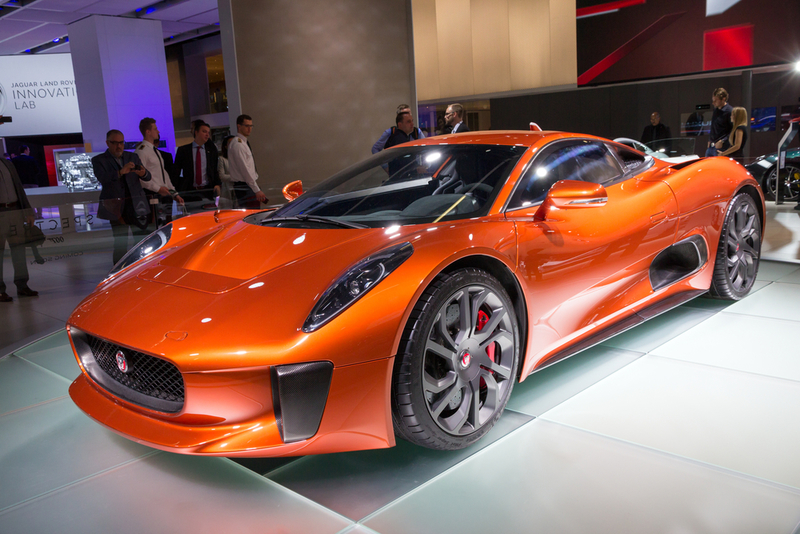
So, if you’re looking to go places in super style and get there quickly, the C-X75 is your car, if it ever gets made.
Dodge Copperhead
Year: 1997
Debut at North American International Auto Show
Production cost: $30,000*
The Dodge Copperhead was a close relative to the Dodge Viper but never made it to the main streets. The Copperhead had its own interior design that differed from the Viper but maintained some nuances from its well-known cousin. It had a V-6 engine and was slated to be a more affordable version than the Viper.
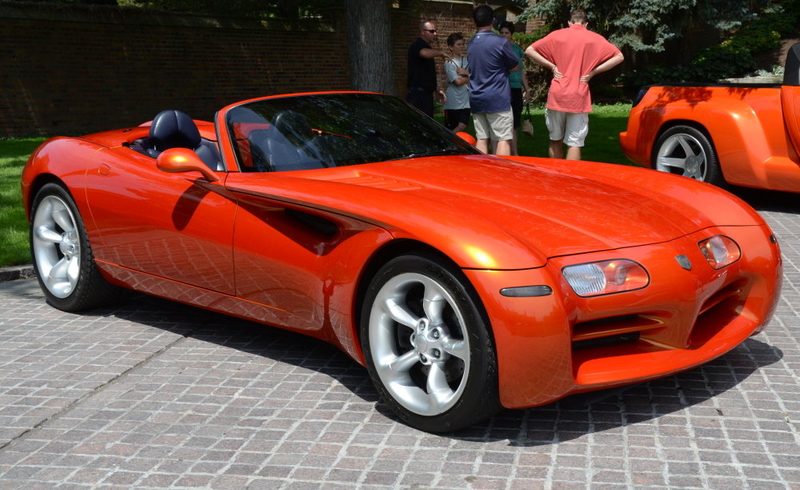
The Copperhead was marketed to the driving enthusiast with its low-profile that allowed the driver to feel closer to the road. It was almost released in 2000 until the market demand for SUVs pushed the Copperhead out of the manufacturer’s minds.
Audi Avus
Year: 1991
Debut at Tokyo Motor Show
Production cost: $2.4 Million*
The Audi Avus debuted in 1991 at the Tokyo Motor show in all of its chrome glory. Built-in Stuttgart, Germany, the Avus was only a hypothetical model. It had an aluminum body and a fake W12 mid-engine that would have had 502 horsepower.
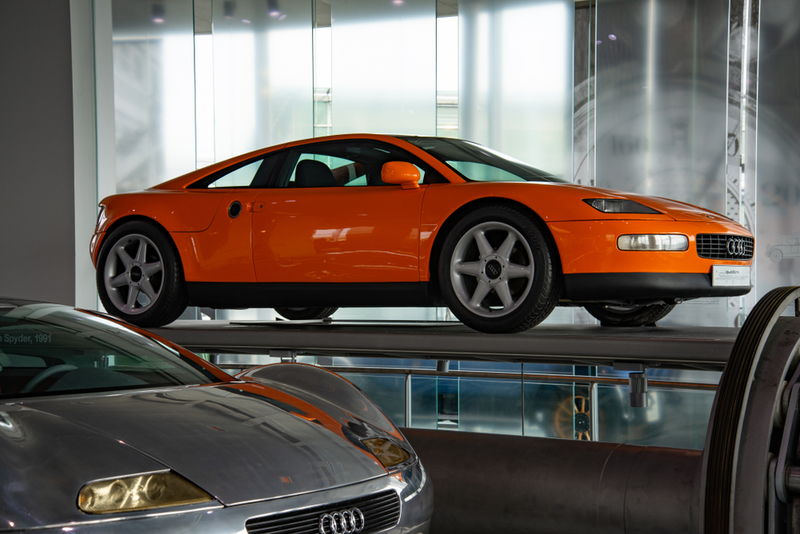
However, based on these specifications, it truly would have been a speed demon, going from 0 to 60 in 2.9 seconds and reaching a jaw-dropping 211 miles per hour!
Mercedes Benz C-112
Year: 1991
Debut at: Unknown
Production cost: $395,000*
The body of the Mercedes Benz C-112 was designed by Carrozzeria Coggiolo and had a Mercedes-made chassis. The C-112 was rumored to be a complementary model to the C11 race car that could be marketed to the public. And what would an everyday consumer get when they drove a C-112 home? It came with a 6 liter, V-12 engine, and a spacious, leather interior.
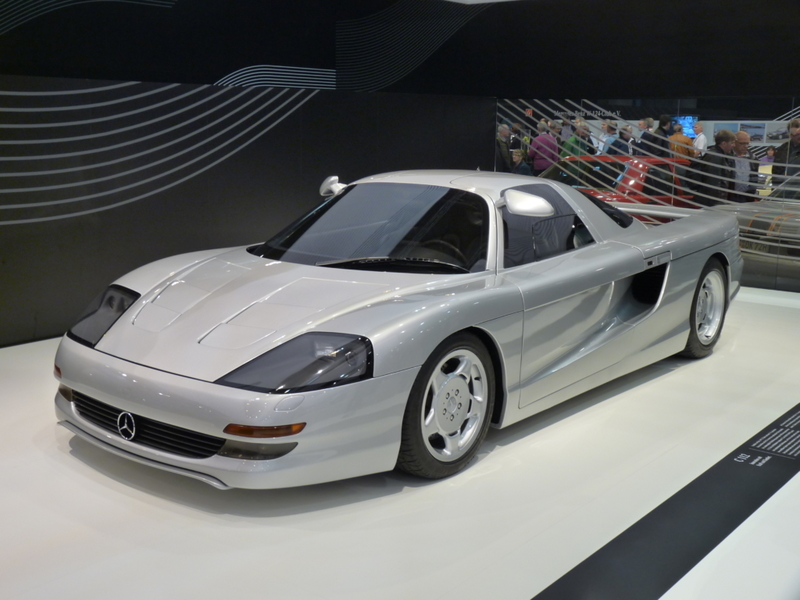
The public was ready for the concept and Mercedes received hundreds of orders but, in the end, executives decided the model was a superfluous design.
Yamaha OX99-11
Year: 1992
Debut at: Unknown
Production cost: $800,000*
The Yamaha OX99-11 was a joint venture by International Automotive Design and Yamaha. The OX99-11 contained a 3.5-liter V-12 engine, a fiberglass chassis, and an aluminum body.
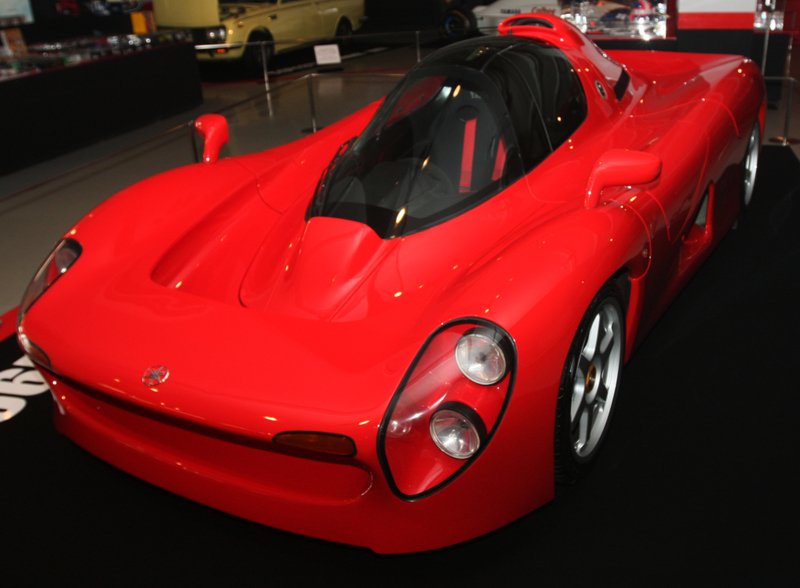
On the outside, it had an overt, space-age feel with its bubble windshield and smooth edges. But with budget disagreements and a recession in Japan, it was one stroke of bad luck after another for this concept, which is why it was never made.
Buick Avista
Year: 2006
Debut at: North American International Auto Show
Production cost: $84,035*
The Buick Avista was a breath of fresh air from the brand known for its girth and durability that dominated its style. With the Camaro’s Alpha platform as its foundation, the Avista was conceptualized by Ed Welburn and featured twin-turbo V-6 engines. And though it was very stylish, the Avista was more than just looks.

The concept had Magnetic Ride Control which allowed for smooth steering on the road and with 400 horsepower, it was quite the novelty for this car manufacturer. However, Buick insisted on retaining the Avista solely for design research.
Chrysler ME Four-Twelve
Year: 2004
Debut at: North American International Auto Show
Production cost: Unknown
The Chrysler ME Four-Twelve, whose design had a strong McLaren essence, was a fully-functioning concept car from the well-known brand. The ME Four-Twelve was named for its four turbochargers and twelve-cylinder engine. It had a seven-speed transmission and could hit 248 miles per hour.
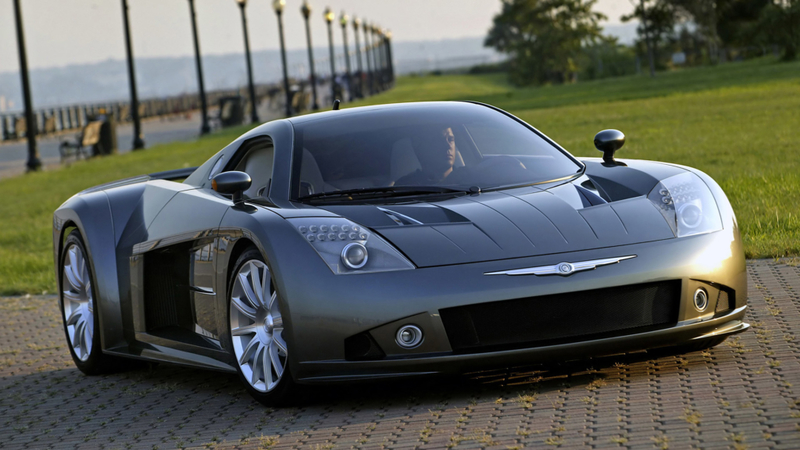
The leather interior was partnered with a chrome-covered console and gunmetal gauges and also allowed for keyless access. But unfortunately, there was too much money needed to develop the concept further, and so the Chrysler ME Four-Twelve was not to be seen.
Mitsubishi Concept-RA
Year: 2008
Debut at: North American International Auto Show
Production cost: Unknown
The Mitsubishi RA would have caught the attention of environmentalist consumers at first with its recyclable plastic body panels. But a surprising element to the RA’s structure was its turbo diesel engine that put out 201 horsepower.
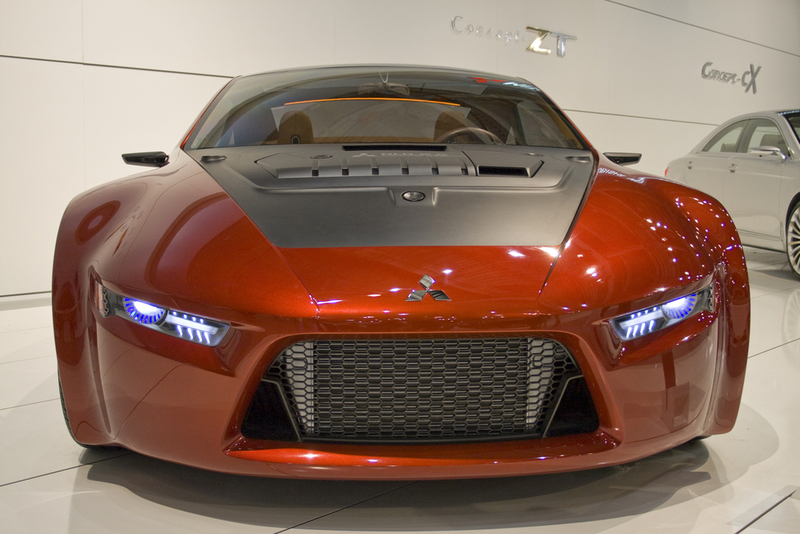
Yet with its light and agile-looking frame, it was supposed to produce low emissions and with its all-wheel drive, it was incredibly unique for a sports car. So what kept this dream from becoming a reality? Mitsubishi was afraid to branch out in their sports car division and scrapped the RA altogether.
BMW Nazca C2
Year: 1992
Debut at Detroit Auto Show
Production cost: $1-3 Million*
The BMW Nazca C2 was a creation of Italdesign, a transportation development service. The Nazca C2 was commissioned to replace the BMW M1 and under its hood rested a 5-liter V-12 engine.
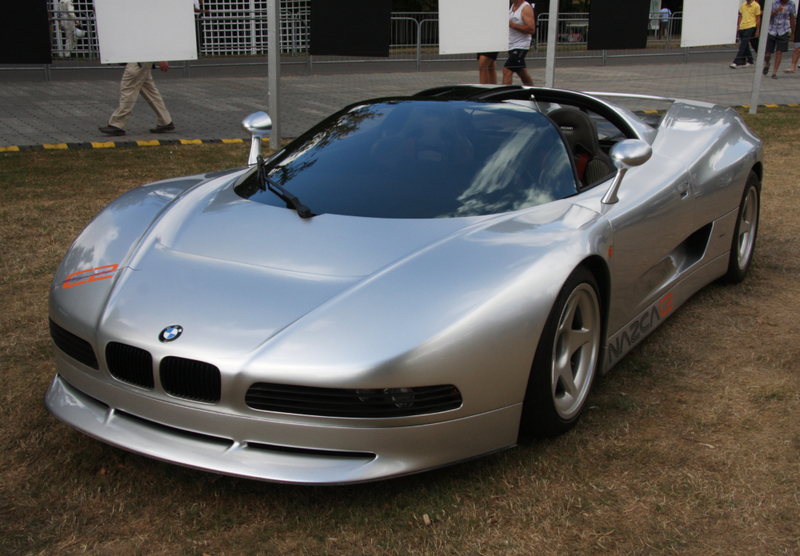
It boasted a super-low profile and the cabin was made entirely from glass. Sadly, BMW had growing concerns over the concept’s marketability and so only three were ever made.
Dome Zero
Year: 1978
Debut at: Geneva Auto Show
Production cost: $30,000-$60,000*
With its super wedge design and pop-up headlights, the Japanese-made Dome Zero could not be missed. Taking inspiration from the original Japanese race car, race car creator Minoru Hiyashi wanted to bring all of the speed and flashiness of the track to everyday life.
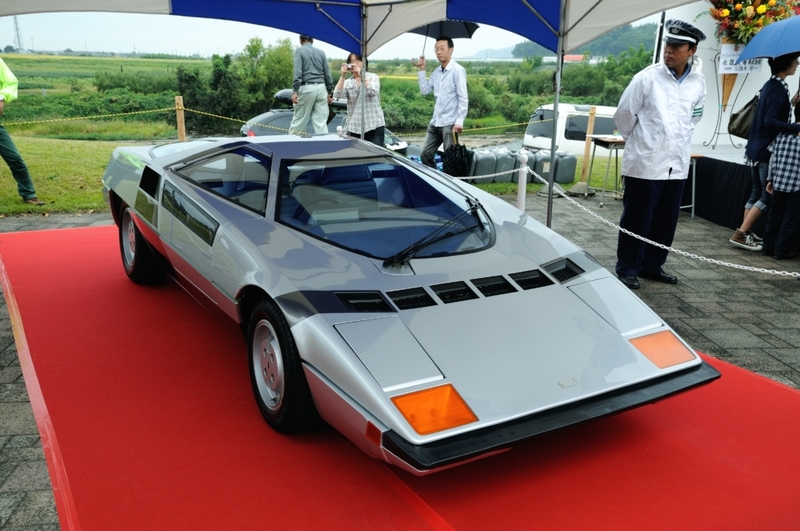
The Dome Zero had a 2.8 liter inline-6 that yielded 142 horsepower. It could reach speeds of up to 163 miles per hour and had head-turning, gull-wing doors. Though it was beloved by the public, the designers of the Dome Zero could not reach homologation requirements or get the funding needed for the concept.
Lotus Eterne
Year: 2010
Debut at Paris Auto Show
Production cost: $190,000*
A major leap up from your average four-door sedan, the Lotus Eterne set car enthusiast’s hearts on fire. Beneath its elegant and powerful frame, the Eterne was set to feature hybrid technology and had a 5-liter supercharged V-8 engine.
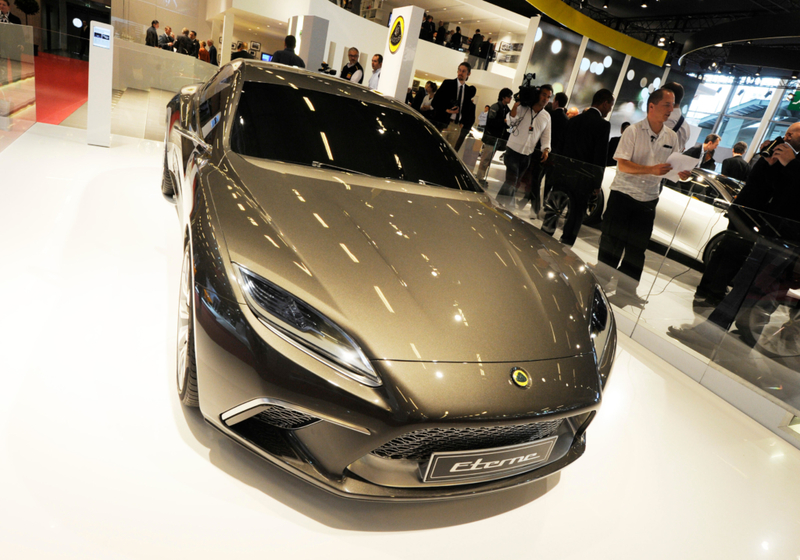
And with 620 horsepower, it could reach about 62 miles per hour in only 4 seconds! Sadly, this paradoxically beautiful model was never given to the masses either.
Ferrari Mythos
Year: 1989
Debut at: Tokyo Motor Show
Production cost: $3 Million*
This stunner was created by the Pininfarina design company and was first shown at the Tokyo Motor Show in 1989. The Mythos would eliminate your morning commute as it could hit 62 miles per hour in 6.2 seconds and reach a max speed of 180 miles per hour.
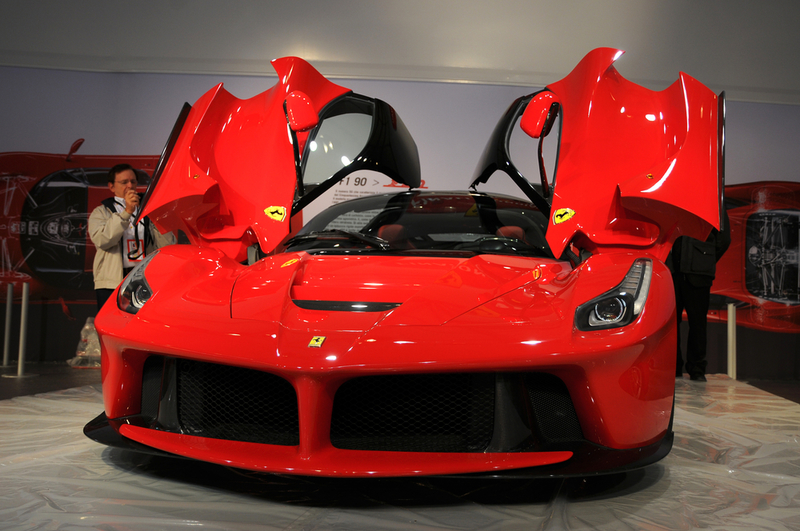
Surprisingly, it wasn’t received with much enthusiasm and was never mass-produced. However, the Sultan of Brunei specially requested that two be made just for him. And yet, to most everyone today, the Mythos seems to be just that: a myth.
Dodge M4s
Year: 1981
Debut at: Chicago Auto Show
Production cost: $1.5 Million*
Not what many may have been expecting from Dodge, the M4s was a fully-functioning prototype that could reach 200 miles per hour! Though not especially elegant or sleek in its exterior design, it conveyed speed and power with its twin-turbo Cosworth engine.

Though its rather unappealing brown color did not help the M4s stand out, it was featured in the 1986 film The Wraith.
Saab Aero-X
Year: 2006
Debut at: Salon International de l’Auto
Production cost: $800,000*
The designers of the Saab Aero-X pulled out all the stops to give this concept both retractable doors and a retractable canopy. The Scandanavian based brand also gave the Aero-X a bioethanol-fueled V-6 engine, all-wheel drive, and a carbon-fiber body.
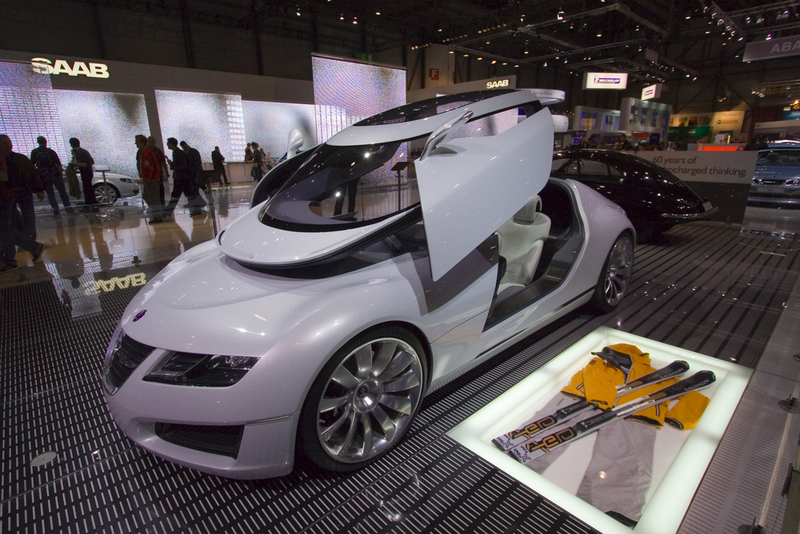
However, the Aero-X was not prioritized in Saab’s production and no further progress was made on this concept.
Cadillac Ciel
Year: 2011
Debut at: Pebble Beach Concours d’Elegance
Production cost: $100,000*
Strongly reminiscent of times gone by, the Cadillac Ciel may at first seem more suited for a 1930s mobster than a 2011 consumer. The Ciel houses a twin turbo-charged 3.6 liter engine that puts out 425 horsepower.
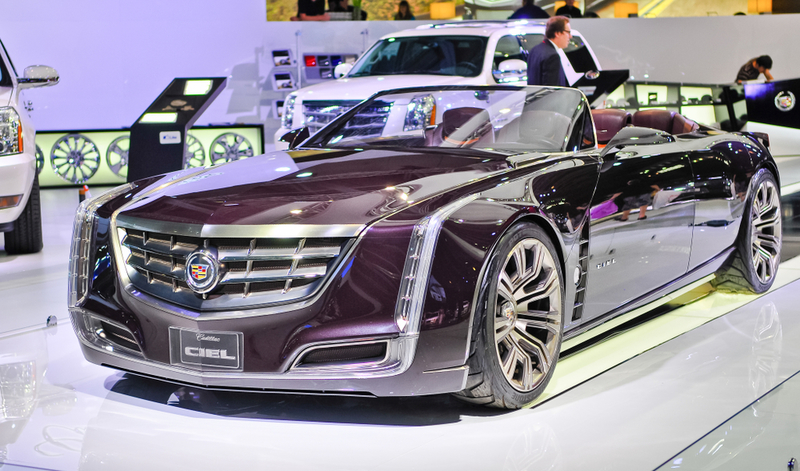
Designed by Niki Smart, the four-door concept is a modern classic with a wood dashboard, rear suicide doors and a hybrid system that utilizes a lithium-ion battery. However, the most public appearance that the Ciel ever made was in the 2015 movie Entourage.
Ford Shelby GR-1
Year: 2004
Debut at: North American International Auto Show
Production cost: $250,000*
Another fully-functioning concept, the Ford Shelby GR-1 came with a hefty V-10 front engine that could boost you to 200 miles per hour.
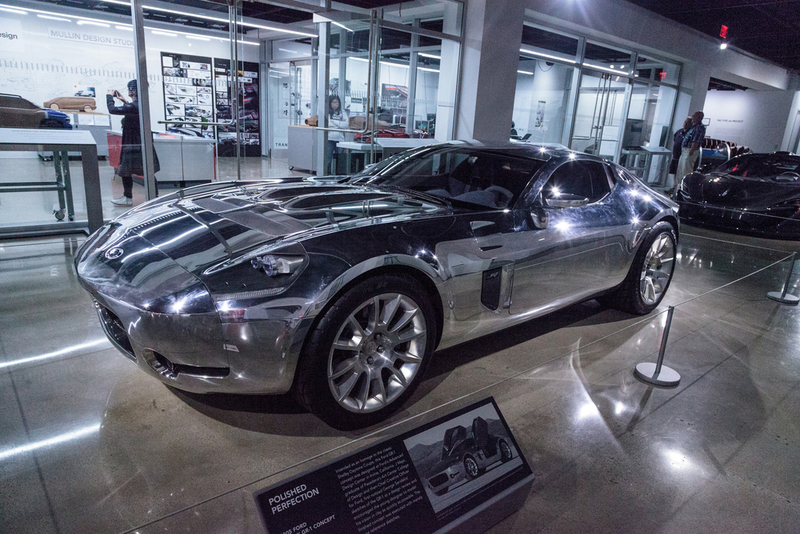
The envy of any car enthusiast, the GR-1 was inspired by the 1964 Shelby Daytona Coupe, had an aluminum body and 6-speed manual transmission. But you’ll have to hope that Ford gets creative once again as the only GR-1 that was built was auctioned off in 2011.

Brain Scans Discovered To Be More Effective Than Polygraph Tests

What Do Your Cat’s Noises Mean?

3 Animals That Were Mistaken for Mythical Creatures

Curious Facts About Octopuses

Things That Last and Things That Don’t: Everything About the Shelf Life of Common Household Items
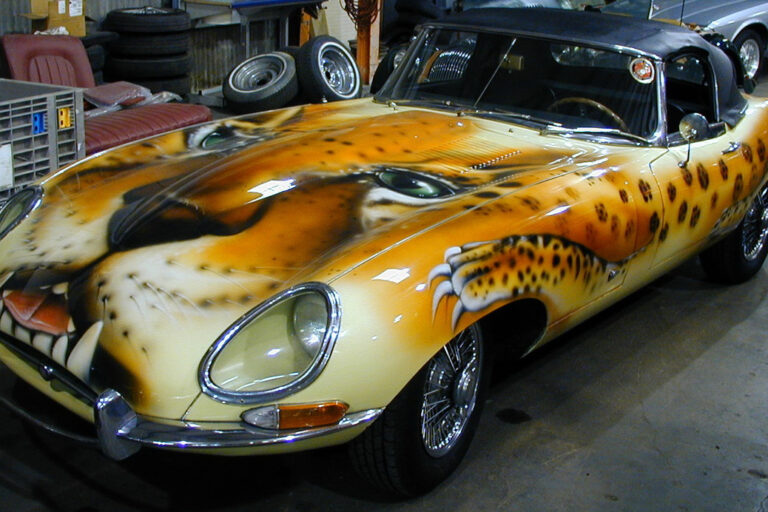
Cringe Worthy Car Trends That Have Got To Go

Scientists Believe That They May Have Discovered 2,000-Year-Old Remains Of Noah’s Ark

Unexpected Salt Hacks You Need To Know

Photos Captured By Google Street View

Crazy Inventions You Need to See to Believe
